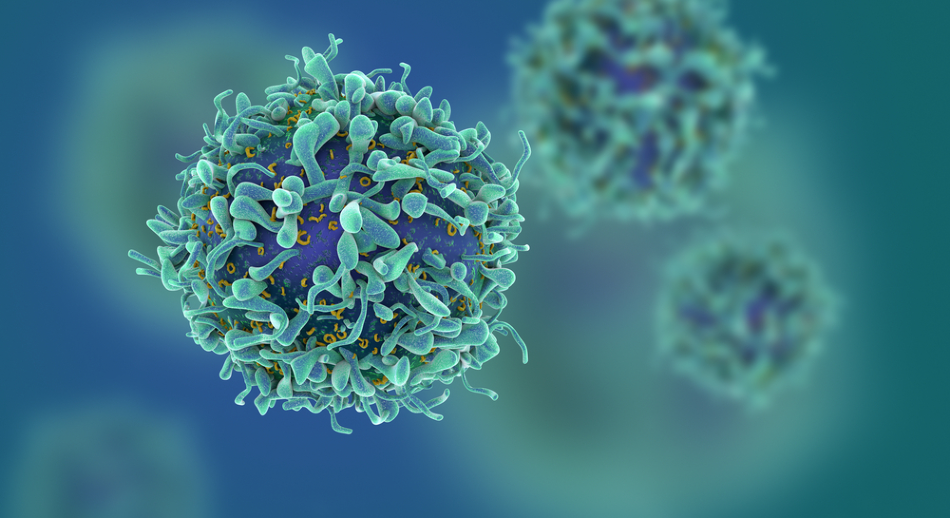
Image Credit: fusebulb/Shutterstock.com
In 2009, scientists made a breakthrough with the nano coating technologies used to help improve the delivery and efficacy of cancer drugs. A new breed of cancer drugs has now been developed which is not only more effective at killing cancer but also reduces the side-effects related to drug therapies, enhancing patient quality of life.
Sugar-Coated Nanoparticles Heat Up Better, Killing Cancer Cells
Just over a decade ago, a team from the National Institute of Standards and Technology, alongside researchers at Johns Hopkins University and the University of Manitoba, published a paper in Nanotechnology, explaining the discovery of a new technology following experiments into how sugar-coated nanoparticles can affect the delivery of cancer drugs.
The team observed that larger nanoparticles of sugar-coated iron oxide (measuring approximately 100 nanometers wide) displayed different behavior to the smaller nanoparticles, which had been used in cancer delivery systems previously.
Initially, it was thought that interactions between the nanoparticles were undesirable, but by studying them closely, bioengineers concluded these unique interactions made the sugar-coated nanoparticles more toxic to cancer cells.
The behavior of larger nanoparticles results in them heating and destroying the cancer cells when exposed to an alternating magnetic field.
Reducing the Side Effects of Cancer Treatment
Chemotherapy and radiotherapy have dominated cancer treatment for many years. The side effects related to these therapies – such as nausea and vomiting, hair loss, fatigue, infection, sores in the mouth, weight changes, among others – can reduce the quality of life of patients.
The use of nanoparticles presents a viable alternative to these types of therapies, and because of the nature of how they attack the cancerous cells, they are associated with far fewer side effects.
Nanoparticles of sugar-coated iron oxide are attractive to the cancer cells, which seek out resources such as sugar to propagate.
After being injected into the body, sugar-coated particles are ingested by cancer cells. At this point, an alternating magnetic field is applied, causing the iron oxide nanoparticles to heat up and kill cancer while ensuring the surrounding tissue remains unharmed.
Larger particles were not previously used because their stronger magnetism led to them clumping together. This caused the body’s immune system to be alerted before they reached the tumor.
In 2009, two biotech companies created nanoparticles that proved successful in treating cancer in mice, but scientists could not explain why. After joining the team at the National Institute, they learned that, although the larger iron oxide cores attract each other, the extending fibers of the sugar-coating counteracts this effect by pushing the particles away from each other. This prevents the particles from becoming too close and stops them from clumping. It also allows the iron oxide centers to rotate together when a magnetic field is introduced, causing the particles to heat up. This heat helps destroy the cancerous cells.
The balance of push and pull between the sugar-coated particles is the root of their success at killing cancerous cells without being first destroyed by the body’s immune system.
Because the particles target toxicity locally (i.e., toward the cancer cells that have ingested them), they have fewer side effects in comparison with chemotherapy and radiotherapy.
References and Further Reading
Dennis, C., Jackson, A., Borchers, J., Hoopes, P., Strawbridge, R., Foreman, A., van Lierop, J., Grüttner, C. and Ivkov, R. (2009). Nearly complete regression of tumors via collective behavior of magnetic nanoparticles in hyperthermia. Nanotechnology, 20(39), p.395103. https://www.ncbi.nlm.nih.gov/pubmed/19726837
Eggeman, A., Majetich, S., Farrell, D. and Pankhurst, Q. (2007). Size and Concentration Effects on High Frequency Hysteresis of Iron Oxide Nanoparticles. IEEE Transactions on Magnetics, 43(6), pp.2451-2453. https://ieeexplore.ieee.org/document/4202712
Rosensweig, R. (2002). Heating magnetic fluid with alternating magnetic field. Journal of Magnetism and Magnetic Materials, 252, pp.370-374. https://www.sciencedirect.com/science/article/abs/pii/S0304885302007060?via%3Dihub
Disclaimer: The views expressed here are those of the author expressed in their private capacity and do not necessarily represent the views of AZoM.com Limited T/A AZoNetwork the owner and operator of this website. This disclaimer forms part of the Terms and conditions of use of this website.